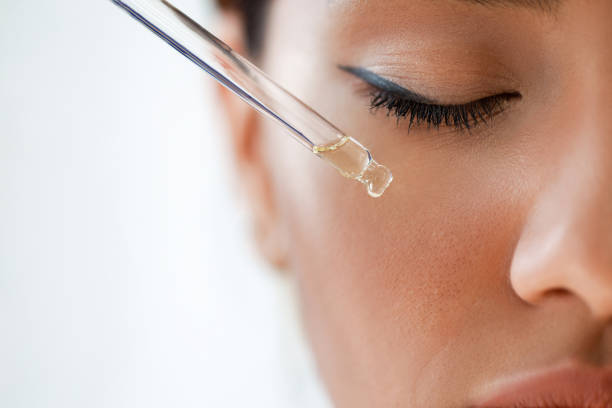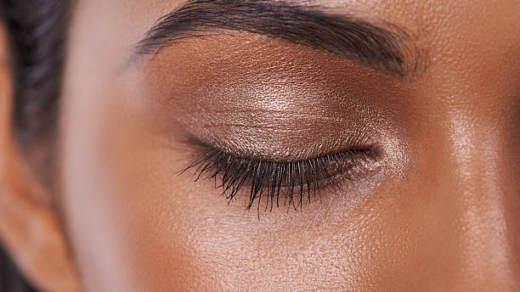The incorporation of hyaluronic acid and vitamin C into your skincare routine can yield impressive results. These two powerhouse ingredients can work synergistically to hydrate, brighten, and protect the skin, making them a dynamic duo worth considering. In this guide, we will explore how to effectively use these ingredients together, the benefits they offer, best practices, and common concerns.
What are Hyaluronic Acid and Vitamin C?

Hyaluronic acid is a naturally occurring substance in the skin known for its incredible ability to attract and retain moisture, making it essential for hydration and plumpness. On the other hand, vitamin C is a potent antioxidant that helps in brightening the complexion, reducing hyperpigmentation, and protecting the skin from free radical damage. When used together, these ingredients can amplify each other’s benefits, resulting in healthier, more radiant skin.
The Benefits of Using Hyaluronic Acid with Vitamin C
Combining hyaluronic acid with vitamin C can offer a variety of skincare benefits. Here are some of the most notable:
-
Enhanced Hydration:
Hyaluronic acid draws moisture to the skin, while vitamin C helps maintain the skin barrier, making hydration more effective. -
Brightening Effect:
Vitamin C helps to fade dark spots and hyperpigmentation, and when paired with hyaluronic acid, it enhances overall skin luminosity. -
Antioxidant Protection:
Vitamin C is a powerful antioxidant that protects the skin from environmental stressors, and when combined with hyaluronic acid, it can also soothe and repair damaged skin. -
Anti-Aging:
This combo helps to reduce fine lines and wrinkles by plumping the skin and improving its elasticity. -
Improved Skin Texture:
Working together, these ingredients can help smooth out the skin’s surface and give it a more refined appearance.
How to Use Hyaluronic Acid and Vitamin C Together
To maximize the benefits of hyaluronic acid and vitamin C, it’s important to use them correctly. Start by applying a vitamin C serum to cleansed skin in the morning. Allow it to fully absorb before applying a hyaluronic acid serum. Vitamin C can be sensitive to light and air, so it is best to use products that come in dark, airtight containers. Following the hyaluronic acid serum, you can proceed with your usual moisturizer and sunscreen to lock in hydration and protect your skin.
At night, you can use a similar routine but focus more on hydration. Apply the vitamin C serum first, followed by the hyaluronic acid serum, and finish with a richer night cream. Consistency is key to seeing long-term results, so make these steps a regular part of your daily skincare regimen.
Common Concerns About Using Hyaluronic Acid and Vitamin C
You may have questions or concerns about using hyaluronic acid and vitamin C together. One common worry is whether they can be used simultaneously without causing irritation. Generally, these two ingredients are well-tolerated and do not have adverse reactions when used together. However, if you have sensitive skin, it’s recommended to start with a lower concentration of vitamin C and gradually build up as your skin adjusts.
Another concern is the stability of vitamin C. Vitamin C is notoriously unstable and can lose its efficacy if exposed to light and air. Look for stabilized forms of vitamin C, such as ascorbic acid, and store your products in a cool, dark place. Finally, always patch test new products on a small area of skin to ensure you do not experience any adverse reactions before applying them to your entire face.
Best Practices for Optimal Results
For best results, consider the following practices:
-
Layering:
Always apply vitamin C before hyaluronic acid to allow the antioxidant to penetrate the skin effectively. -
Storage:
Store your products in a cool, dark place to maintain their potency. -
Patch Test:
Always patch test new products to avoid skin reactions. -
Consistency:
Make these ingredients a regular part of your daily skincare routine. -
Sunscreen:
Always follow up with sunscreen during the day to protect your skin from UV damage.
These best practices can significantly enhance the effectiveness of hyaluronic acid and vitamin C, helping you achieve a healthier and more radiant complexion.
Conclusion
Hyaluronic acid and vitamin C are two skincare ingredients that can greatly benefit your skin when used together. From enhanced hydration and brightening effects to robust antioxidant protection, this combination can address various skin concerns efficiently. By integrating these ingredients properly into your routine and adhering to best practices, you can experience radiant and healthier skin. Don’t forget to give your skin time to adjust to these powerful ingredients, and always listen to your skin’s needs.
FAQs
1. Can I use hyaluronic acid and vitamin C at the same time?
Yes, you can use hyaluronic acid and vitamin C together. Apply vitamin C first, allow it to absorb, and then follow with hyaluronic acid for optimal results.
2. Is it safe to use vitamin C and hyaluronic acid every day?
Yes, both ingredients are safe for daily use. In fact, consistent application can lead to better and more visible results over time.
3. What should I apply first, vitamin C or hyaluronic acid?
Always apply vitamin C first, followed by hyaluronic acid. This allows the vitamin C to penetrate the skin and work its antioxidant magic effectively.
4. Can hyaluronic acid and vitamin C cause skin irritation?
While generally well-tolerated, some people with sensitive skin might experience irritation. It’s always best to start with a patch test and introduce the products gradually.
5. How should I store vitamin C and hyaluronic acid serums?
Store them in a cool, dark place, and ensure that vitamin C serums are in airtight, dark containers to maintain their stability and efficacy.



